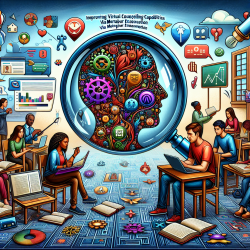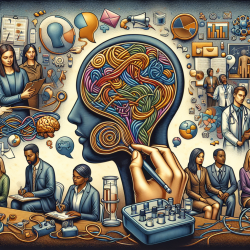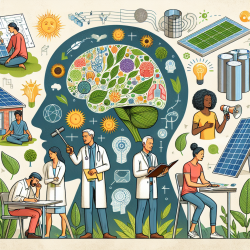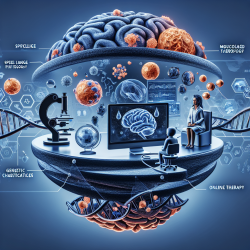In the ever-evolving field of genetic disorders, Down Syndrome (DS) stands out not only for its prevalence but also for its complex phenotypic spectrum. Recent research titled "Clinical Phenotypic Spectrum of 4095 Individuals with Down Syndrome from Text Mining of Electronic Health Records" has shed new light on this condition, offering practitioners valuable insights into its diverse presentations.
The Power of Text Mining in Understanding Down Syndrome
The study utilized a cutting-edge approach by employing natural language processing (NLP) to analyze electronic health records (EHRs) from 4095 individuals with Down Syndrome. By extracting Human Phenotype Ontology (HPO) terms from patient notes, researchers were able to digitally characterize the phenotypic spectrum of DS. This method not only highlighted common phenotypic features but also uncovered less recognized traits such as "Proptosis" and "Microtia."
Implications for Practitioners
This research offers several key takeaways for practitioners:
- Enhanced Diagnostic Accuracy: By understanding the wide range of phenotypes associated with DS, practitioners can improve diagnostic accuracy and tailor interventions more effectively.
- Identification of New Phenotypic Features: The discovery of previously unassociated traits with DS provides an opportunity for practitioners to expand their knowledge and consider these features in clinical assessments.
- Age-Based Phenotype Distribution: The study's analysis of age-based distribution of HPO terms can guide practitioners in anticipating and monitoring developmental milestones and potential comorbidities in DS patients.
Encouraging Further Research
The findings from this study underscore the importance of continued research in the field of genetic disorders. Practitioners are encouraged to engage in further studies and collaborations that utilize digital phenotyping methods to explore other genetic conditions. Such efforts will not only enhance our understanding but also contribute to the development of more personalized therapeutic strategies.
Conclusion
The research on Down Syndrome's phenotypic spectrum using EHRs is a testament to the power of modern technology in advancing medical knowledge. For practitioners, it offers a roadmap to refine their clinical skills and participate in groundbreaking research that could redefine patient care standards.
To read the original research paper, please follow this link: Clinical Phenotypic Spectrum of 4095 Individuals with Down Syndrome from Text Mining of Electronic Health Records.










